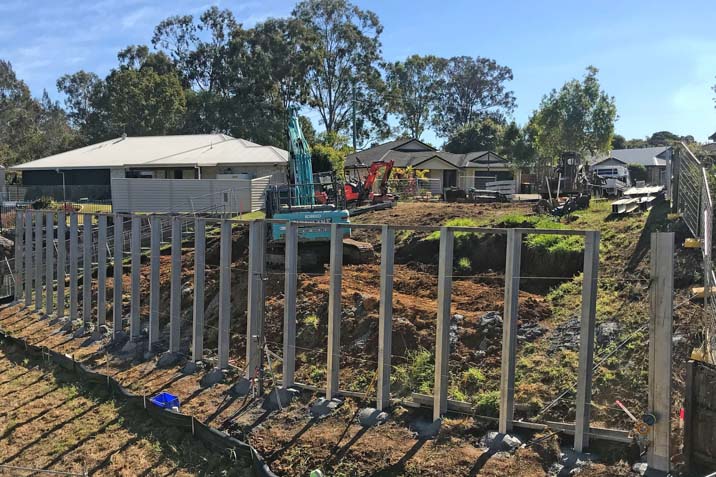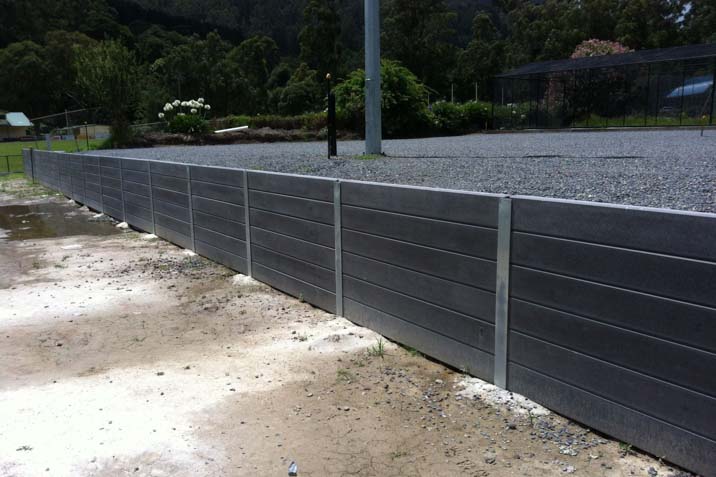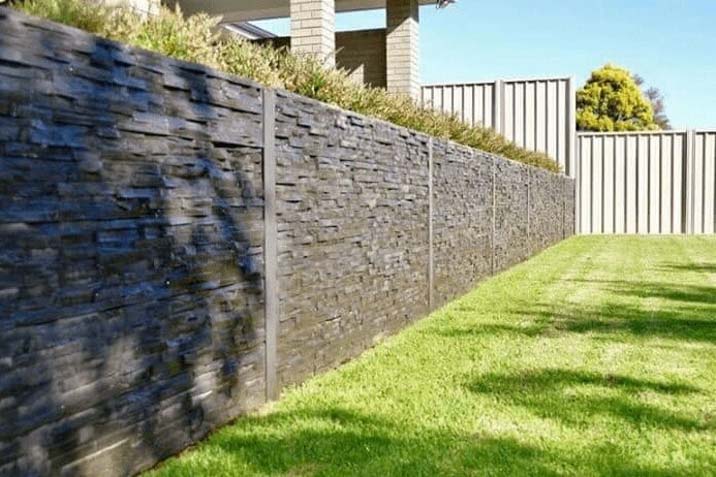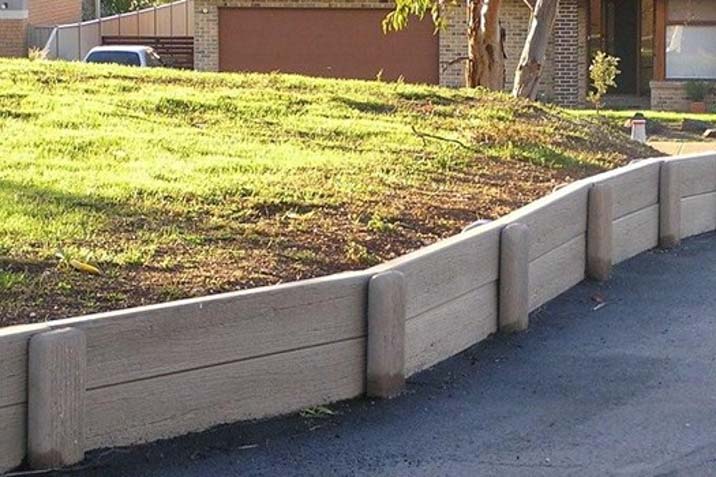

Concrete sleepers: Price, installation and full range of concrete garden sleepers
Concrete sleepers are a staple of home building. They are commonly used outdoors in a variety of ways.
A concrete sleeper is a supportive structural component which is commonly used to support steel works, feature and retaining walls, garden beds, decking, modern turnout systems, driveways, walkways, stairs and railways. Sleepers are made from concrete which has been reinforced with steel.
There are a number of benefits to choosing a concrete sleeper as the foundation for a structure. Concrete is extremely tough, and the lifespan of a concrete sleeper is almost infinite. This is because they do not warp, rot, crack or crumble over time. There are also many different colours, styles and finishes to concrete sleepers. This means that they are highly customizable to your personal aesthetic preferences.
Concrete sleepers are very common in retaining walls. They are usually reinforced with bonded steel rods. A good quality concrete sleeper retaining wall will usually last a minimum of 15-20 years – and will often easily surpass this with the right maintenance. Concrete sleepers have been known to have a service life of 50-60 years without showing wear or damage.
In comparison with other sleeper materials, concrete sleepers are by far the most durable. Unlike most other options, concrete sleepers can not be damaged by pests (e.g. termites) or corrosion. Wooden sleepers have a lifespan of 12-15 years (even with treating).
The other sleeper options are steel or cast iron sleepers, which typically have a service life of 40-50 years. Concrete sleepers also have the lowest maintenance costs and demands. Timber requires the most attention including regular retreating and repair.
One disadvantage of concrete sleepers is that they cannot be recycled. There is no scrap value for concrete sleepers. Though it is low value, timber can be recycled. Steel sleepers can also be recycled, and has a higher scrap value than timber. Cast iron sleepers are valuable even when recycled. Concrete cannot be reset and so concrete sleepers are non-recyclable. This can create problems if you wish to renovate in the future as you will have to get rid of the concrete sleepers entirely.
Concrete sleepers are fairly affordable. You can purchase them from most major hardware stores, including Bunnings Warehouse. Most concrete sleepers cost between $30-$50 AUD for a standard 150 x 50mm 1.5m unit. The price of putting in a concrete sleeper wall will depend on a number of factors. The main factor sizes. This is the most crucial element in terms of the overall sleeper wall cost. How long, thick and tall the wall is will determine the number of concrete sleepers you need.
Concrete sleepers can be a DIY project. However, concrete is a very difficult material to work with – and often dangerous. If you have experience working with concrete, a DIY concrete sleeper may not be too challenging. If you are a beginner to home improvement and have not had experience pouring, setting or mixing concrete, you would probably be better off leaving this installation task to the professionals. Cement mix is made from 6 parts fine gravel, 4 parts sand, and 2.5 parts cement. To make a concrete sleeper, you will need the appropriately sized metal mould. You can make the moulds at home, but again it is a task best left to those who are comfortable working with concrete.
Concrete sleeper ideas: The best uses for concrete sleepers Australia
4. Concrete sleeper posts

Concrete sleeper posts can be vertical or horizontal. A concrete sleeper post is extremely durable and can reach a height of 2.4m. For a one metre wall, concrete sleeper posts must be placed in a hole 110cm deep.
3. Concrete sleeper steps

Concrete sleeper stairs are more durable than any other material, making them perfect for outdoors. They are easy to afford and simple to install. You can even purchase concrete step kits here from Outback Sleepers Australia.
2. Retaining wall concrete sleepers

A concrete retaining wall is a great way to boost the aesthetic of your garden. Concrete sleepers ensure this wall will remain in top shape for the decades to come.
1. Concrete garden sleepers

Garden use is one of the most common applications for concrete sleepers. This is because they are strong enough to hold the weight of packed earth for years at a time. Concrete sleepers can be extremely helpful in changing the landscape of your garden – including adding hills, ponds or garden beds.
Concrete sleeper types: what are the different types of concrete sleepers?
1. Charcoal concrete sleeper
Charcoal is one of the most common types of coloured concrete sleeper. Charcoal has a raw elegance which is sure to enhance your garden aesthetic.
2. Railway
Before concrete sleepers became popularised in recreational homes, they were the main material used in railways. Concrete sleepers are still popular in many countries around the world, particularly for high-speed rails.
3. Painted
Concrete sleepers can be painted various colours to finesse the detailing outside your home.
Where to find concrete sleepers for sale near me Australia
1. Ridgi
Rigdi is a brand of concrete sleeper which is found exclusively in Bunnings Warehouse. The good news is that this means Rigdi concrete sleepers can be found in every major Australian city, from Canberra to Perth.
2. Pioneer
Pioneer smooth is a quality brand of concrete sleeper developed and offered by Austral Masonry. Austral Masonry is an Australian-owned concrete manufacturer with locations in Brisbane, Melbourne, Sydney and the Gold Coast. Contact them here for a quote.
3. Stratco
Stratco is a trusted Australian home improvement supplier with a product range that spans across paint, plumbing, garden, building, roofing, walling, fencing, patio living and even sheds. They provide a range of stackable concrete sleepers at affordable prices. Click here to grab some now.
4. Stackstone
Stackstone concrete sleepers are designer concrete sleeper façades which will transform your outdoor retaining wall. They come in many different textures and colours; see here for more.



